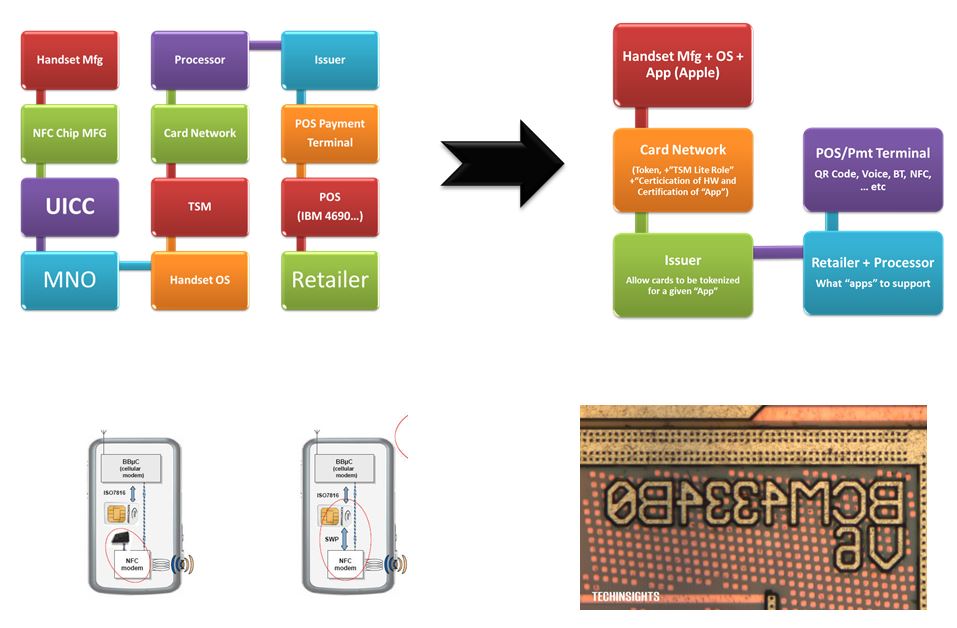Keeping up with the latest in agentic commerce, artificial intelligence (AI), payments, and data privacy is an ongoing challenge. Data and LLM are the key ingredients fueling the rapid advancements in AI and machine learning innovations. As a privacy advocate, I remain deeply concerned about the centralization of data. Once AI models are built to understand “you,” they no longer need continuous access to your data—just ongoing observation (see blogs on Data Centralization and Payments and the Observer Effect).
Do I think wallets will become “Agents”? No, but they will be the most important interface to all Agents, as they broker identity, authentication, authorization, permissions and highly secure data in the handset. My view is that Wallets enable many agents. This view of the the world is called the Agentic Mesh where specialized agents work together to achieve a result.

